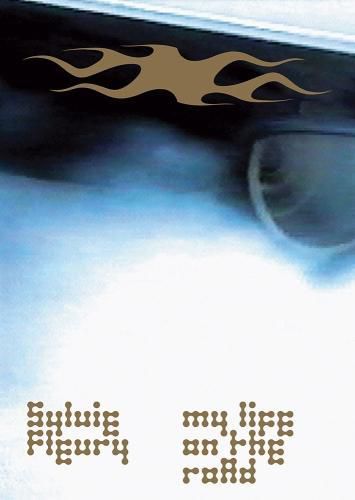Readings Newsletter
Become a Readings Member to make your shopping experience even easier.
Sign in or sign up for free!
You’re not far away from qualifying for FREE standard shipping within Australia
You’ve qualified for FREE standard shipping within Australia
The cart is loading…






Sylvie Fleury (b. Geneva, 1961; lives and works in Geneva) makes art in which references to the realms of luxury and commodities serve to dismantle the hierarchical distinctions between art, culture, design, fashion, and commerce. She got her start in the art world almost by chance when, in 1990, the artist John Armleder hired her as his assistant, and since then she has presented objects of desire from the domains of fashion and cosmetics as sculptures and installations. Arrangements on the floor of the exhibition space feature shopping bags emblazoned with the emblems of popular fashion houses as well as shattered makeup boxes. Status symbols and fetishes from the realm of consumer goods are displaced into the art context to call their value in question. As in Duchamp, the artist’s objects are readymades, quoting Andy Warhol’s approach to a critique of mass manufacturing. Neon signs proclaim the power of the brand and exalt the logo as the icon of global consumerism. Tracing the fine line between seduction and superficiality, art and advertising, conception and consumption, Fleury’s works may appear to embrace the values and standards of the consumerist society; look more closely, though, and they articulate a subtle critique of the semblance of beauty. With texts by Verna Hein and Maria Muhle, a conversation between Sylvie Fleury, Fredi Fischli and Niels Olsen as well as a preface by Michael Buhrs and Verena Hein.
$9.00 standard shipping within Australia
FREE standard shipping within Australia for orders over $100.00
Express & International shipping calculated at checkout
Sylvie Fleury (b. Geneva, 1961; lives and works in Geneva) makes art in which references to the realms of luxury and commodities serve to dismantle the hierarchical distinctions between art, culture, design, fashion, and commerce. She got her start in the art world almost by chance when, in 1990, the artist John Armleder hired her as his assistant, and since then she has presented objects of desire from the domains of fashion and cosmetics as sculptures and installations. Arrangements on the floor of the exhibition space feature shopping bags emblazoned with the emblems of popular fashion houses as well as shattered makeup boxes. Status symbols and fetishes from the realm of consumer goods are displaced into the art context to call their value in question. As in Duchamp, the artist’s objects are readymades, quoting Andy Warhol’s approach to a critique of mass manufacturing. Neon signs proclaim the power of the brand and exalt the logo as the icon of global consumerism. Tracing the fine line between seduction and superficiality, art and advertising, conception and consumption, Fleury’s works may appear to embrace the values and standards of the consumerist society; look more closely, though, and they articulate a subtle critique of the semblance of beauty. With texts by Verna Hein and Maria Muhle, a conversation between Sylvie Fleury, Fredi Fischli and Niels Olsen as well as a preface by Michael Buhrs and Verena Hein.